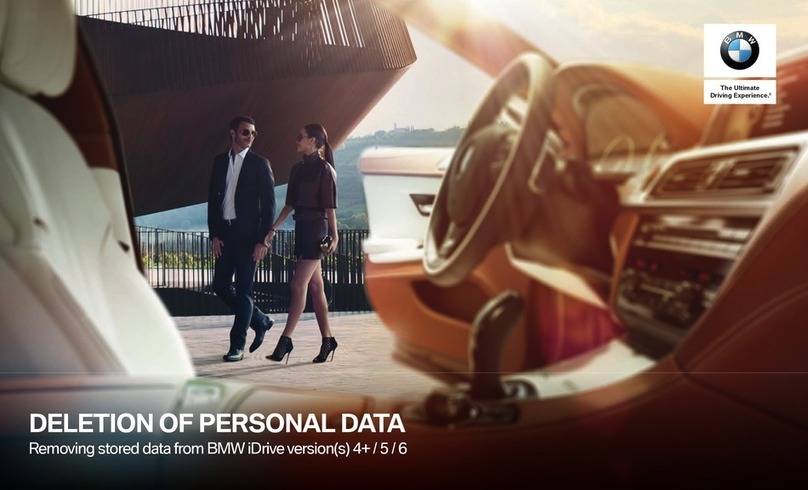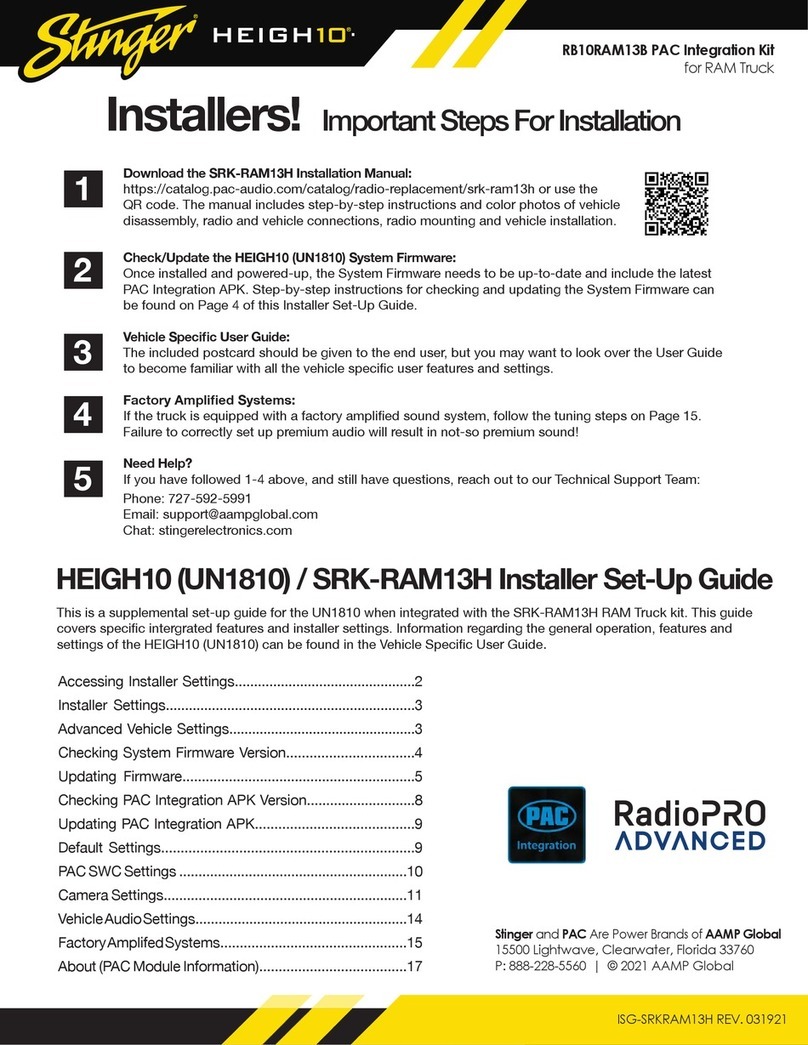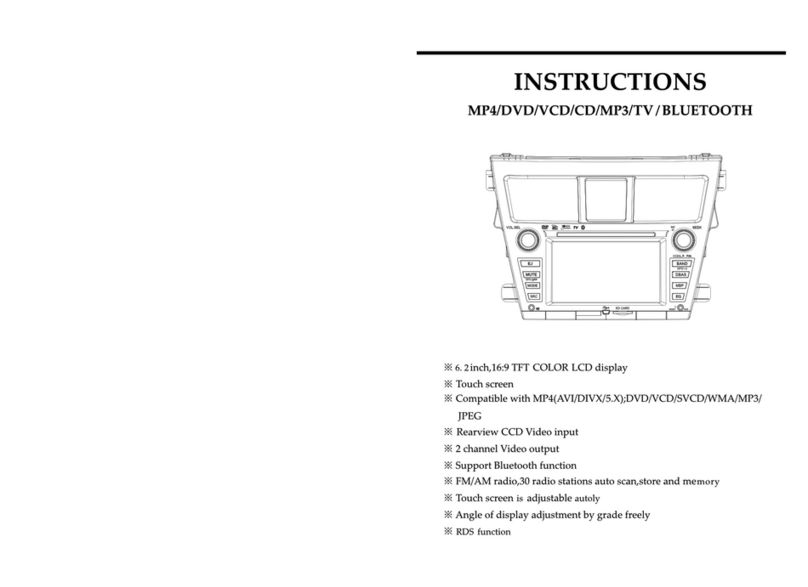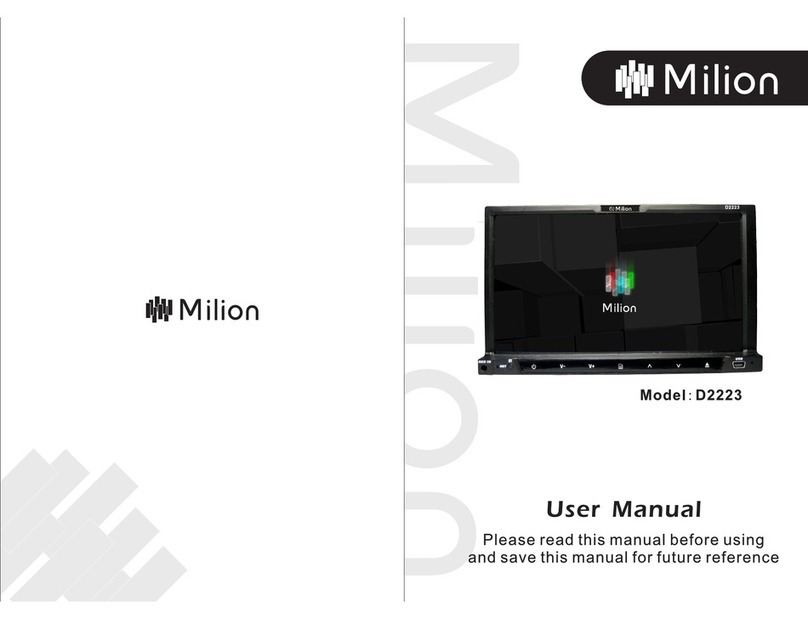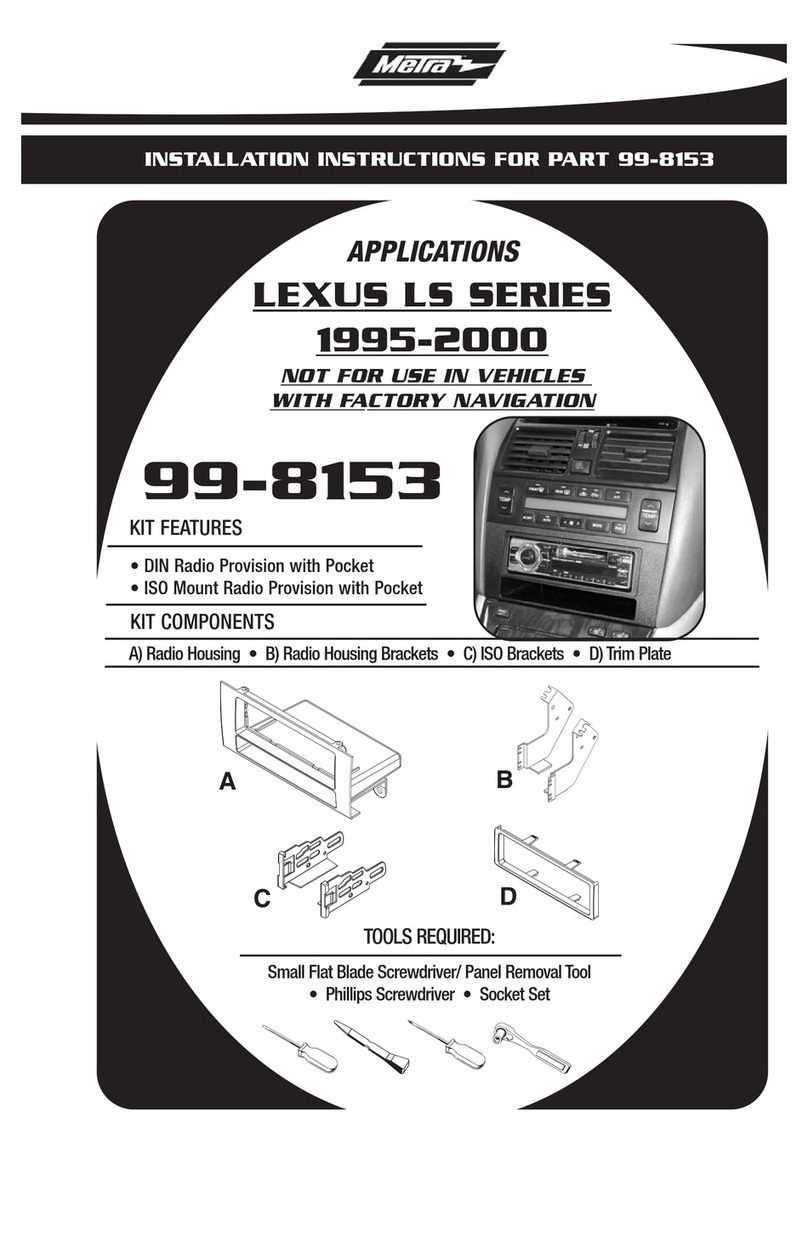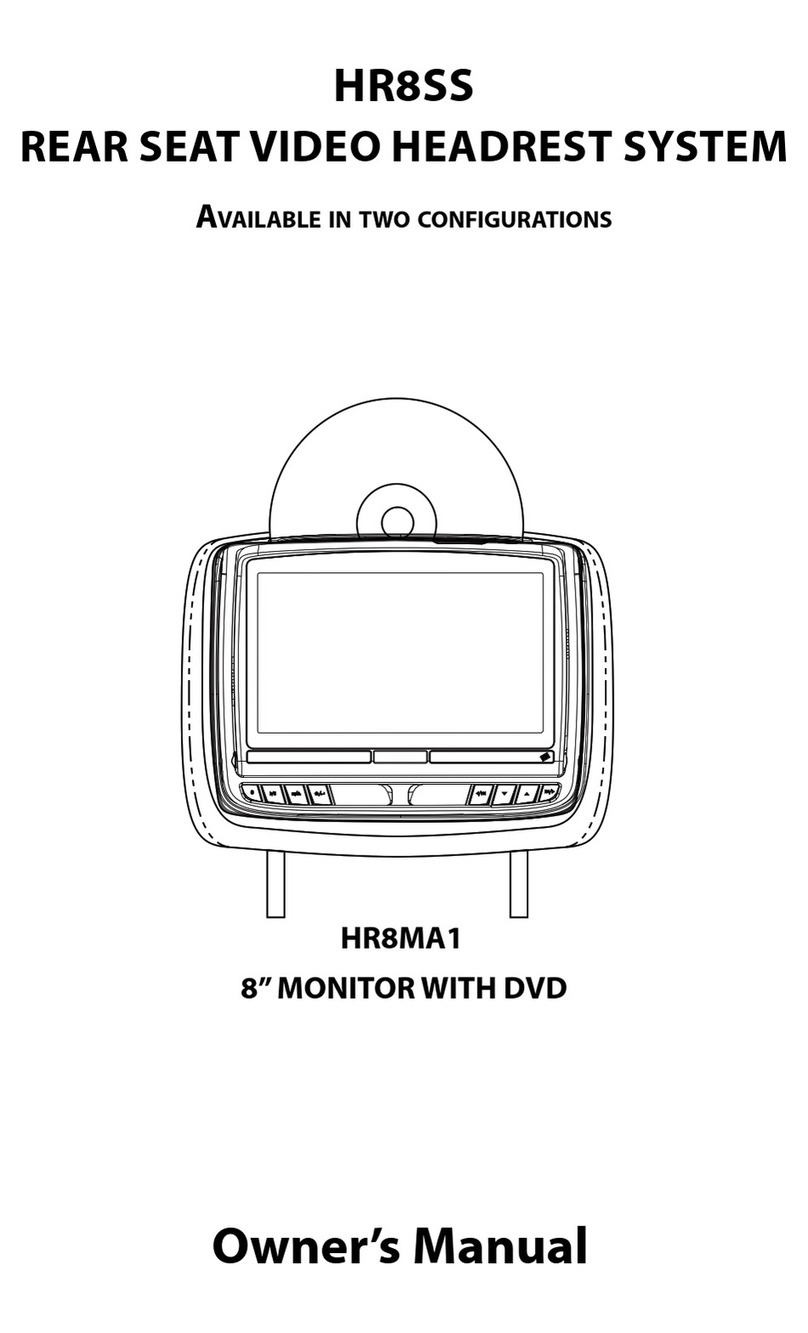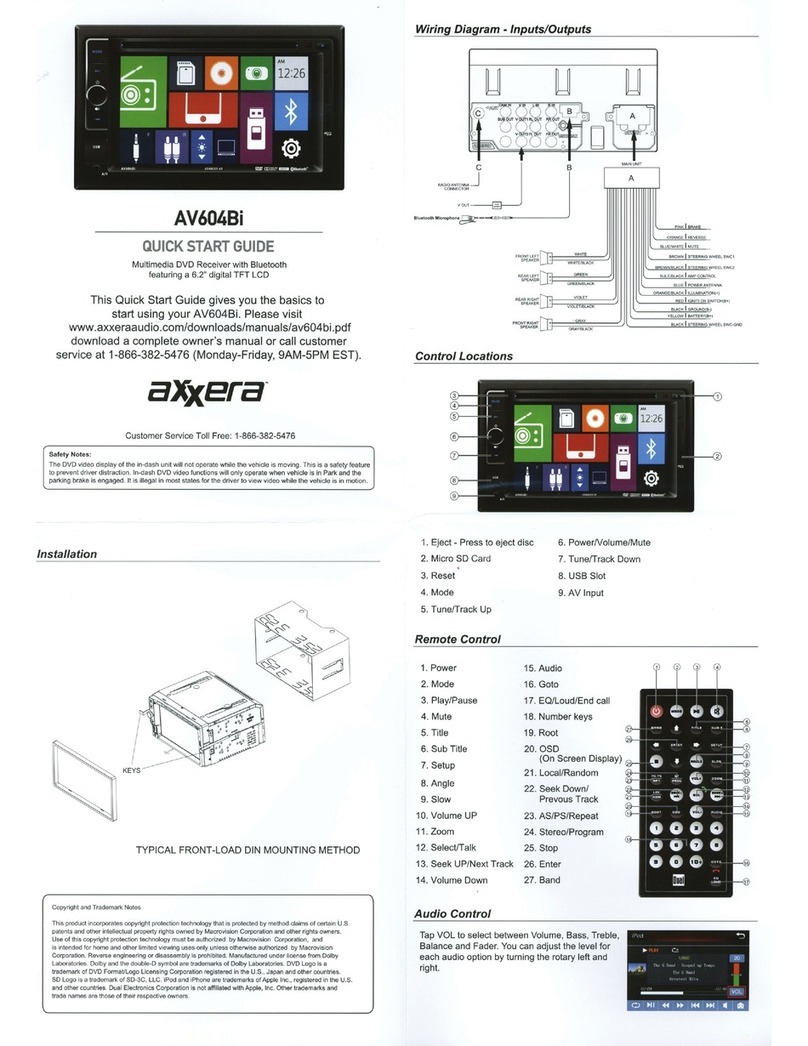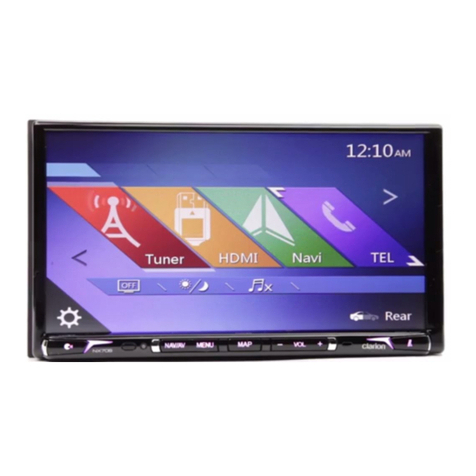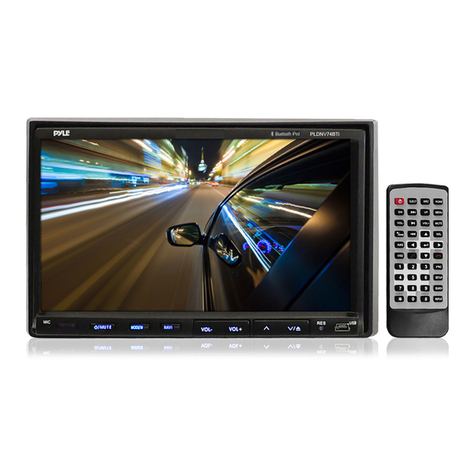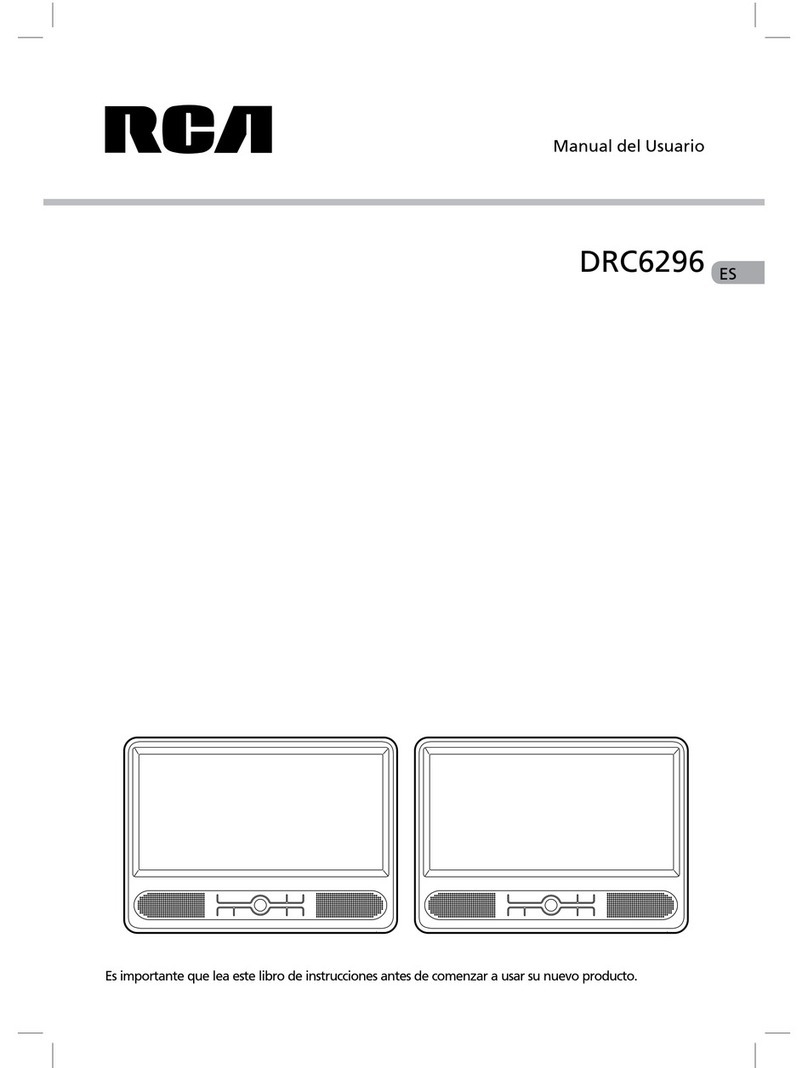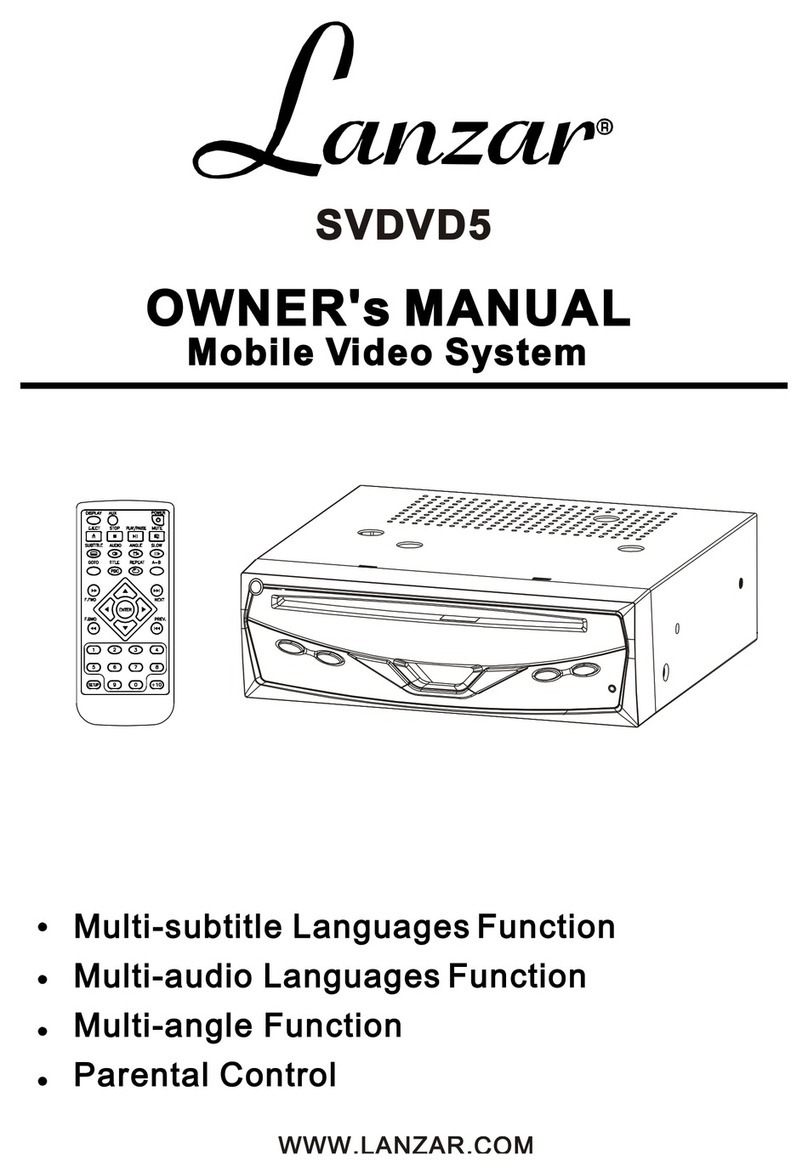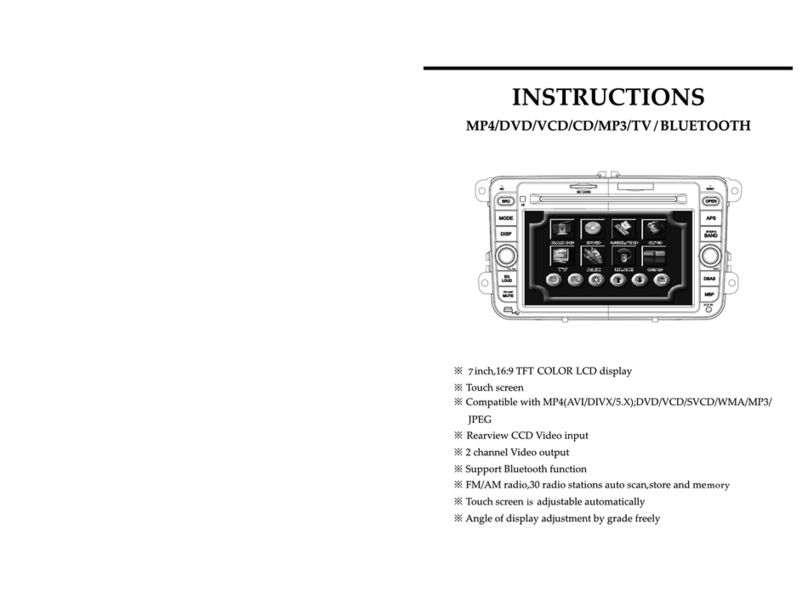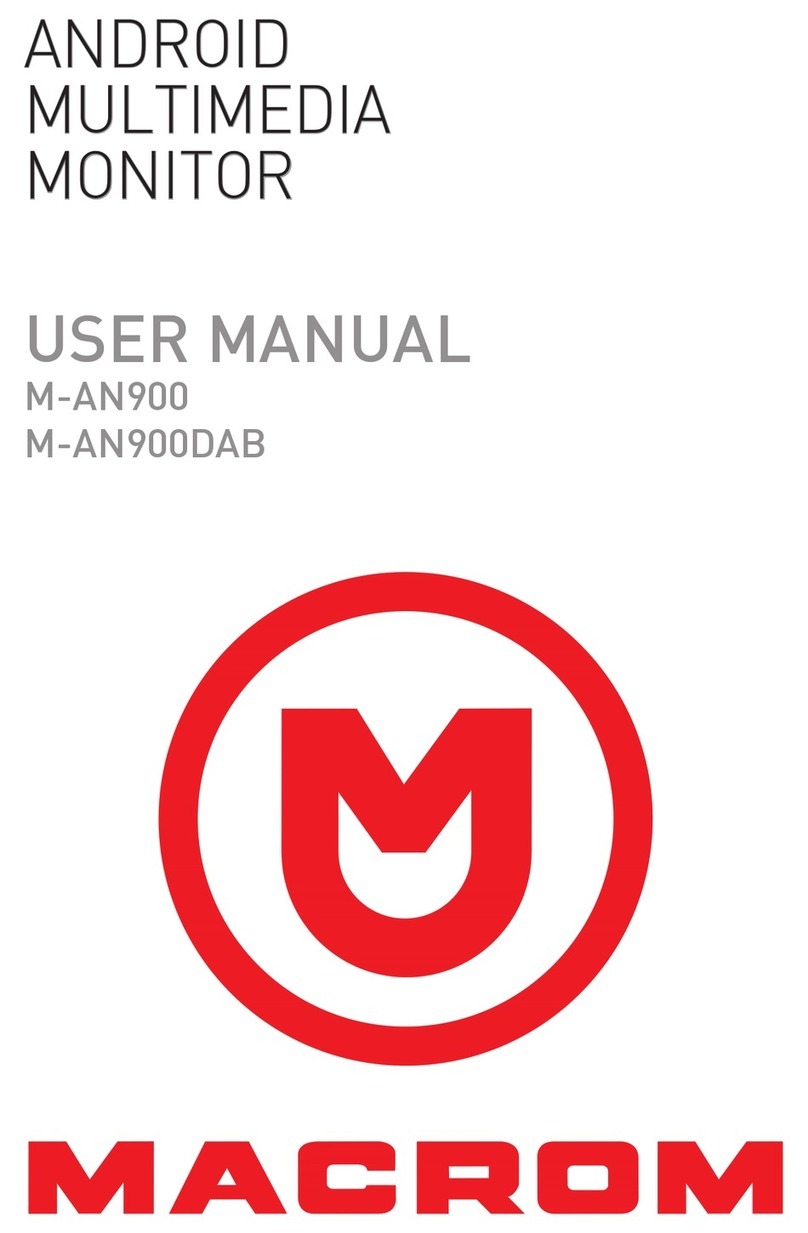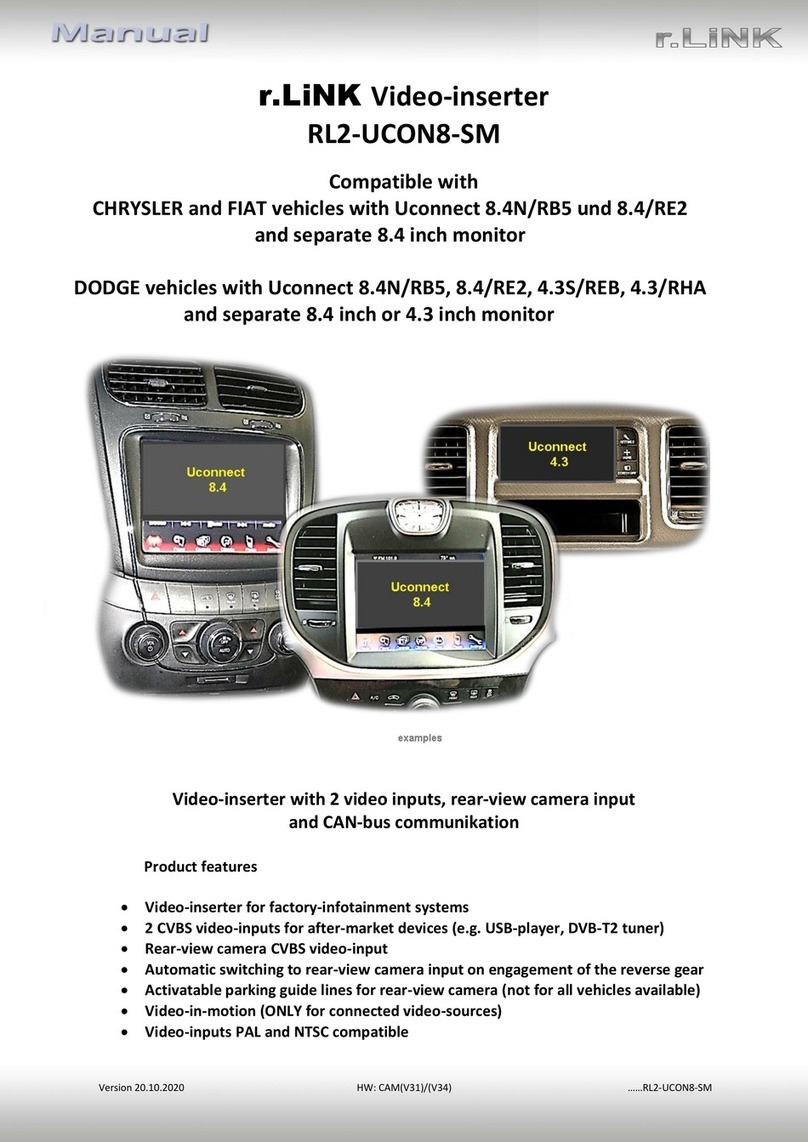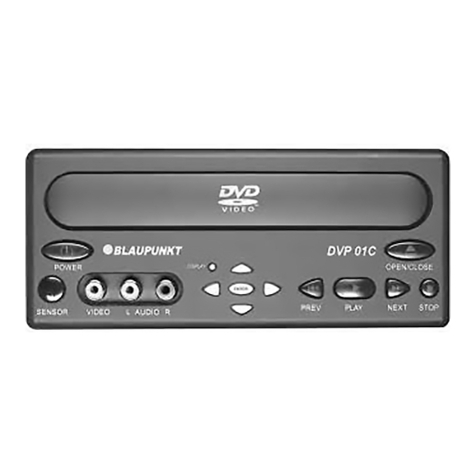Initial Print Date: 03/05
Table of Contents
Subject Page
Introduction to Information & Communication Technology . . . . . . .4
Audio Systems . . . . . . . . . . . . . . . . . . . . . . . . . . . . . . . . . . . . . . . . . . . . . . . .5
System Components and Features . . . . . . . . . . . . . . . . . . . . . . . . . . . . . . .6
Radios Overview . . . . . . . . . . . . . . . . . . . . . . . . . . . . . . . . . . . . . . . . . . . . .6
‘Professional’ Radio (Rad2) . . . . . . . . . . . . . . . . . . . . . . . . . . . . . . . . . . . .7
Navigation System, Professional . . . . . . . . . . . . . . . . . . . . . . . . . . . . . . .7
Amplifiers and Speakers . . . . . . . . . . . . . . . . . . . . . . . . . . . . . . . . . . . . . .8
HiFi System . . . . . . . . . . . . . . . . . . . . . . . . . . . . . . . . . . . . . . . . . . . . . .9
HiFi System Circuit Diagram . . . . . . . . . . . . . . . . . . . . . . . . . . . . . .10
Top-HiFi System . . . . . . . . . . . . . . . . . . . . . . . . . . . . . . . . . . . . . . . . .12
Top HiFi System Circuit Diagram . . . . . . . . . . . . . . . . . . . . . . . . . .14
Antennas . . . . . . . . . . . . . . . . . . . . . . . . . . . . . . . . . . . . . . . . . . . . . . . . . .16
Radio Antennas . . . . . . . . . . . . . . . . . . . . . . . . . . . . . . . . . . . . . . . . .17
FM Antenna Diversity . . . . . . . . . . . . . . . . . . . . . . . . . . . . . . . . . . . .18
Roof Aerial . . . . . . . . . . . . . . . . . . . . . . . . . . . . . . . . . . . . . . . . . . . . . .20
SDARS Satellite Tuner . . . . . . . . . . . . . . . . . . . . . . . . . . . . . . . . . . . . . . .21
CD Changer . . . . . . . . . . . . . . . . . . . . . . . . . . . . . . . . . . . . . . . . . . . . . . . .22
Audio Jack . . . . . . . . . . . . . . . . . . . . . . . . . . . . . . . . . . . . . . . . . . . . . . . . .23
Service Information . . . . . . . . . . . . . . . . . . . . . . . . . . . . . . . . . . . . . . . . . . . .24
Radio Service Mode . . . . . . . . . . . . . . . . . . . . . . . . . . . . . . . . . . . . . . . . .24
Accessing Service Mode - Rad2 . . . . . . . . . . . . . . . . . . . . . . . . . .24
Information Available . . . . . . . . . . . . . . . . . . . . . . . . . . . . . . . . . . . . .24
Accessing Service Mode - CCC . . . . . . . . . . . . . . . . . . . . . . . . . . .25
Reset . . . . . . . . . . . . . . . . . . . . . . . . . . . . . . . . . . . . . . . . . . . . . . . . . . . . . .25
Interference in Radio Reception . . . . . . . . . . . . . . . . . . . . . . . . . . . . . .25
MP3/WMA Playback . . . . . . . . . . . . . . . . . . . . . . . . . . . . . . . . . . . . . . . .26
Bit Rate . . . . . . . . . . . . . . . . . . . . . . . . . . . . . . . . . . . . . . . . . . . . . . . . .27
Navigation System . . . . . . . . . . . . . . . . . . . . . . . . . . . . . . . . . . . . . . . . . .28
System Circuit Diagram . . . . . . . . . . . . . . . . . . . . . . . . . . . . . . . . . . . . . . . .29
System Components and Features . . . . . . . . . . . . . . . . . . . . . . . . . . . . . .30
CCC . . . . . . . . . . . . . . . . . . . . . . . . . . . . . . . . . . . . . . . . . . . . . . . . . . . . . .30
DVD Drive . . . . . . . . . . . . . . . . . . . . . . . . . . . . . . . . . . . . . . . . . . . . . .30
Audio CD Drive . . . . . . . . . . . . . . . . . . . . . . . . . . . . . . . . . . . . . . . . . .30
Housing . . . . . . . . . . . . . . . . . . . . . . . . . . . . . . . . . . . . . . . . . . . . . . . .30
E90 Entertainment and Communication
Revision Date:
